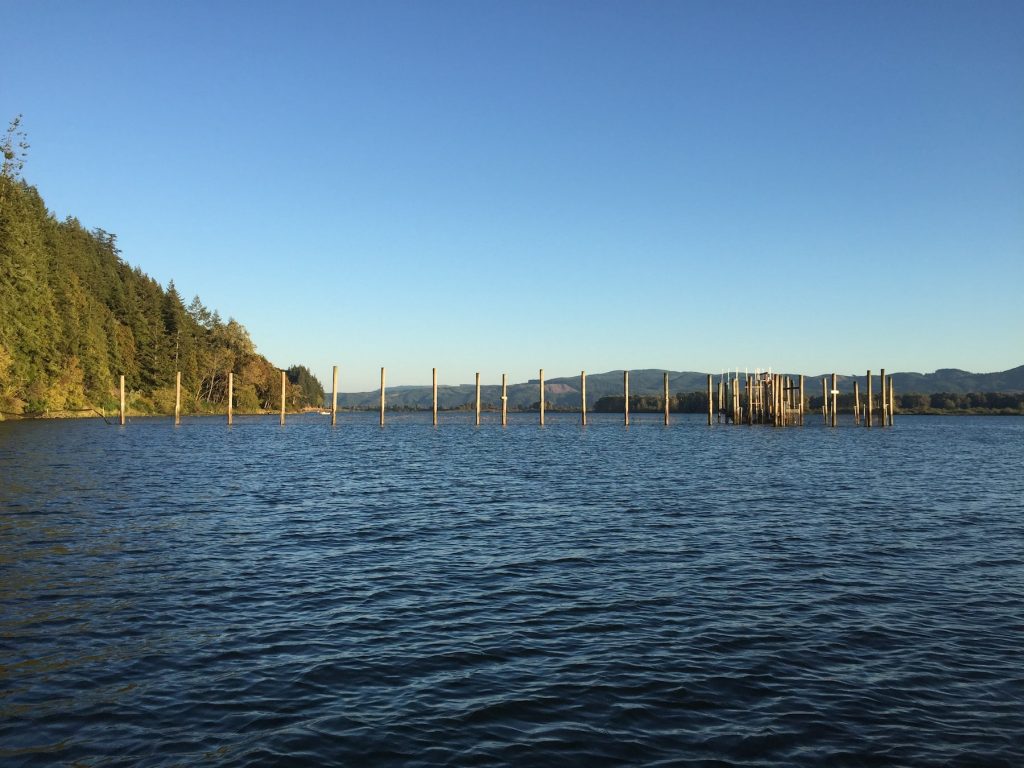
WDFW Takes Another Step On Alternative Commercial Fishing Gear For Columbia
WDFW is taking the next step on alternative commercial gear on the Lower Columbia by beginning the rulemaking process to allow fishermen to apply to use beach and purse seines and pound nets, “opening these alternative gears for expanded study and use in the river.”

The gear is otherwise only OKed for research, as is being done near Cathlamet, or for test fisheries, which may not be applicable to commercial uses. Only gillnets and tangle nets are authorized for Washington waters, though the seines and pound nets are legal in Oregon.
The decision from Director Kelly Susewind to designate seines and pound nets as an “emerging commercial fishery” comes after testing of a pound net over several years, much mulling and follows the adjournment of the state legislature late last weekend and which netted WDFW $2 million for voluntary buybacks of Columbia gillnetting licenses.
“The emerging commercial fishery designation is significant, but it’s important to note that this is just the beginning of a much longer process toward potential wider adoption of these alternative gears,” Susewind said in an early Thursday morning press release. “This designation does not restrict any existing commercial gears, nor does it mean these alternative gears will suddenly dominate the non-treaty commercial fishing landscape on the Columbia River.”
Indeed, he was at pains during last Friday’s Fish and Wildlife Commission meeting to say that his pending decision didn’t automatically mean there would be commercial fisheries with the alternative equipment, but it would “open the door” to answering questions about its viability in terms of economics and operational costs.
“We fully recognize that we need an allocation to truly evaluate this fishery and we’re working on that as well. We think there are ways to get – well, we’ll find out if there are ways to get allocations that make this tenable so we’re not really harming or damaging the recreational or commercial fisheries on the river,” he added.

There has been a lot of back and forth over claims that the Wild Fish Conservancy’s pound net had near-zero mortality rates. Susewind told the commission that WDFW was making its decision based on US v. Oregon Technical Advisory Committee adopted rates of 7, 9 and 6 percent on Chinook, coho and steelhead.
According to WDFW, the work helps support “conservation objectives for threatened or endangered fish populations are key components of the latest version of the Columbia River Salmon Fishery Management Policy, which was adopted by the Washington Fish and Wildlife Commission in September 2020.”
A commission briefing earlier this year boiled it down to three points:
“1) Reduce pHOS/hatchery surplus of Tule Fall Chinook and coho, particularly in zones 1-3
2) Further minimize impacts on ESA-listed species Basinwide
3) Create more commercial fishing opportunity than is currently available”
pHOS stands for proportion hatchery-origin spawners on the gravel, while Zones 1, 2 and 3 is the Columbia system below the mouth of the Lewis River and Warrior Light on the downstream end of Oregon’s Sauvie Island.
Some sport anglers worry that removing more hatchery fish in the lower river means fewer available for harvest upriver.



